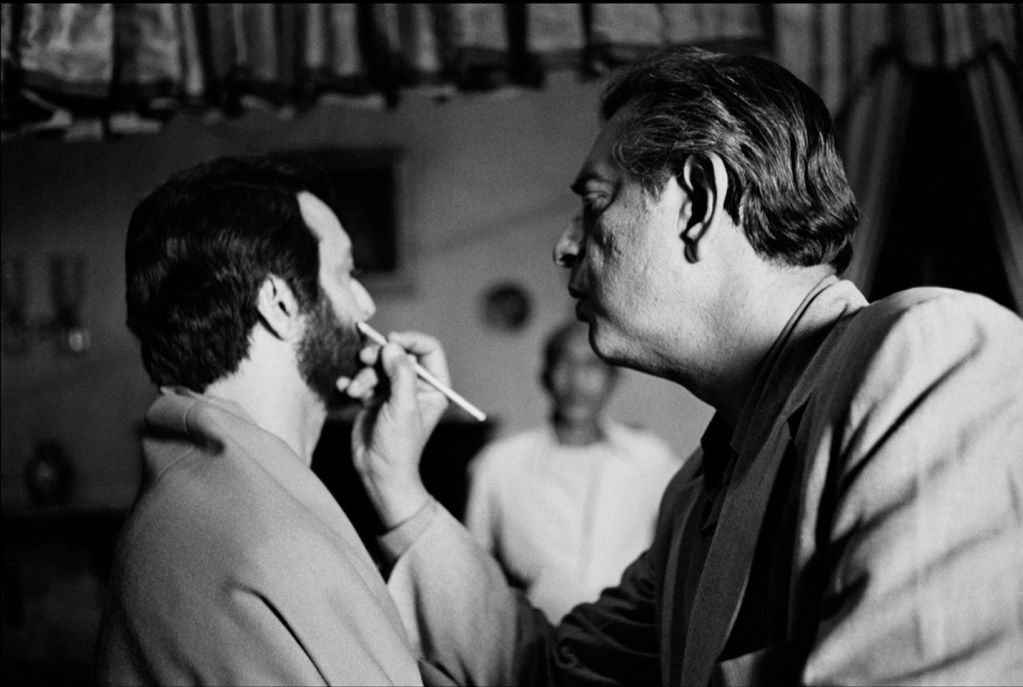
Image designed by Laila Shereen Sakr, inspired by the Ghost Dance sequence from Satyajit Ray’s Goopy Gyne Bagha Byne (1969).
This three-day conference and attendant film series have been organized to celebrate the birth centenary of the renowned Indian filmmaker Satyajit Ray (1921-1992). Most critical evaluations of Ray, which tend to focus on his films while overlooking his considerable literary and design outputs, have consecrated him as a modernist master or a postcolonial auteur. Such discussions are often couched in terms of modernity and tradition, Orientalism and nativism, objectivity and irrationality, skepticism and enchantment, art cinema and popular cinema. Instead, we focus on wonder, an affect that cuts transversally across these polarities, as an analytical category that enables fresh perspectives from which to assess Ray’s contributions to Bengali culture, Indian modernity, and global cinema. We address his stature as the bestselling author of Bengali-language young adult fiction, as well as one of the most revered graphic artists of modern India. While Ray has been widely hailed as an artist upholding a universal brand of humanism, the conference seeks to flesh out his singularity in terms of a vernacular modernism and a critical humanist orientation.

From Ray’s scrapbook, c. 1937-38; he was sixteen at the time. Reproduced in Sandesh, Annual Puja Issue, 2021.

Fixing Soumitra Chatterjee’s makeup on the set of Ghare Baire (aka The Home and the World, 1984). Photo credit: Nemai Ghosh.


Still from Aparajito ( aka the The Unvanquished 1956).
Ray’s draft of the interview scene in Pratidwandi (aka The Adversary, 1970) featuring the Vietnam vs. moon-landing exchange.